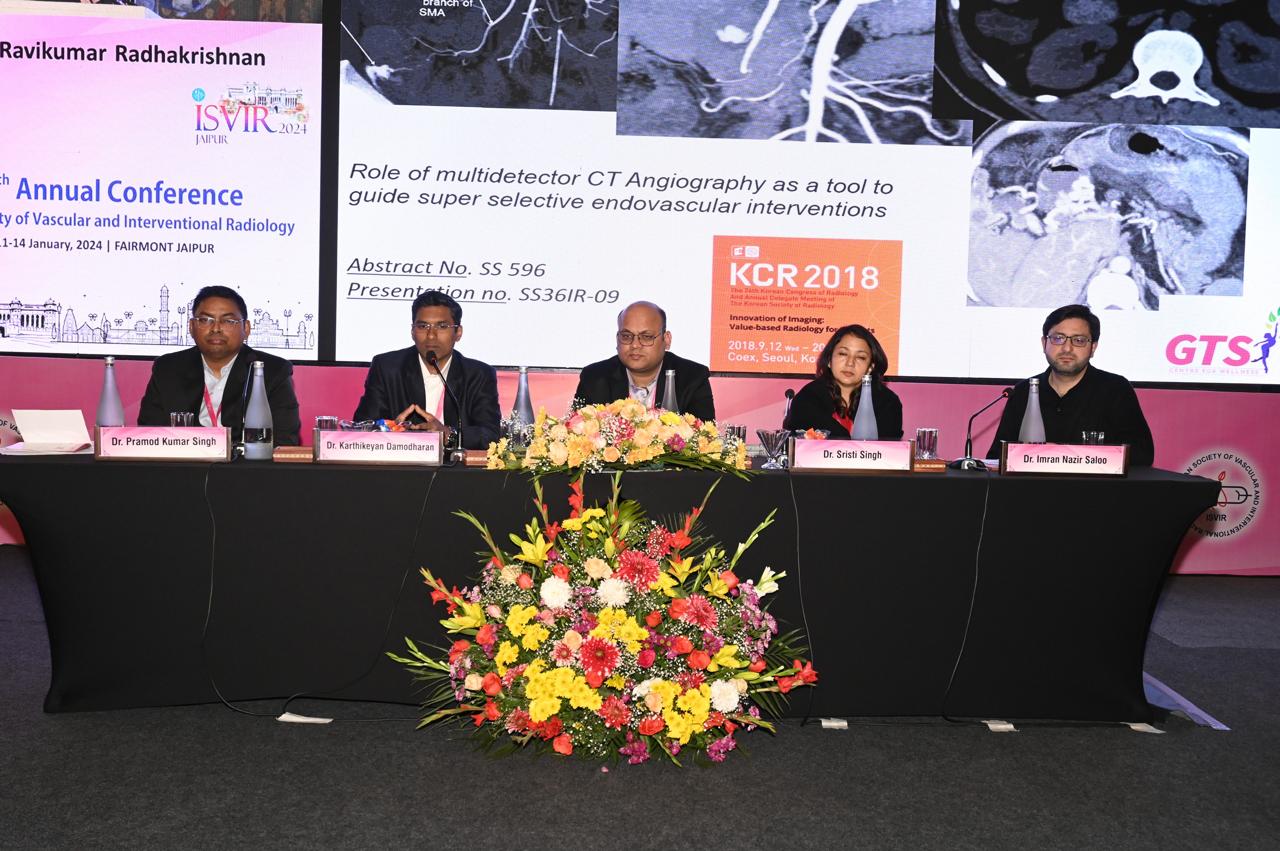What is Urological Treatment?
Urological treatments involve diagnosing and managing conditions related to the urinary tract and male reproductive system. These treatments address a variety of disorders affecting the kidneys, ureters, bladder, urethra, and male reproductive organs. Utilizing minimally invasive and advanced interventional radiology techniques, urological treatments offer effective solutions with reduced recovery times and enhanced outcomes.
Comprehensive List of Urological Treatments:
1. Angioplasty and Stenting of Renal Arteries:
- Purpose: To treat renal artery stenosis and improve blood flow to the kidneys.
- Process: A balloon catheter is used to open narrowed arteries, and a stent is placed to keep them open.
- Application: Helps manage hypertension and prevent kidney damage.
2. Prostate Artery Embolization (PAE):
- Purpose: Minimally invasive treatment for benign prostatic hyperplasia (BPH).
- Process: Tiny particles are injected into the arteries supplying the prostate to reduce blood flow and shrink the gland.
- Application: Reduces urinary symptoms associated with an enlarged prostate.
3. Varicocele Embolization:
- Purpose: Treats varicocele, a condition where veins in the scrotum become enlarged.
- Process: The procedure involves blocking abnormal veins to improve blood flow.
- Application: Helps relieve pain and improve fertility.
4. Nephrostomy:
- Purpose: To drain urine directly from the kidney when normal flow is blocked.
- Process: A catheter is inserted through the skin into the kidney.
- Application: Used in conditions like obstructive uropathy, kidney stones, or tumors.
5. Percutaneous Nephrolithotomy (PCNL):
- Purpose: Minimally invasive procedure to remove large kidney stones.
- Process: A small incision is made in the back to access and break up stones.
- Application: Effective for stones that cannot be treated with other methods.
6. Ureteral Stenting:
- Purpose: To maintain urine flow in blocked or narrowed ureters.
- Process: A stent is placed to keep the ureter open.
- Application: Commonly used after stone removal procedures or in patients with tumors.
7. Embolization for Hematuria (Blood in Urine):
- Purpose: Stops abnormal bleeding within the urinary tract.
- Process: Blood vessels causing bleeding are blocked using embolic agents.
- Application: Ideal for trauma, tumors, or vascular abnormalities.
8. Treatment for Male Infertility (e.g., Varicocele Treatment):
- Purpose: To improve fertility by treating conditions like varicocele.
- Process: Embolization techniques are used to reduce abnormal blood flow.
- Application: Helps improve sperm quality and reproductive outcomes.
9. Testicular and Penile Angiography and Embolization:
- Purpose: To manage vascular conditions affecting the testes and penis.
- Process: Minimally invasive imaging and embolization techniques are used.
- Application: Effective in treating vascular-related erectile dysfunction and other disorders.
Benefits of Urological Treatments in Interventional Radiology:
- Minimally Invasive: Less pain, reduced hospital stay, and quicker recovery.
- Targeted Therapy: Minimizes damage to surrounding tissues.
- High Success Rates: Effective for a wide range of urological conditions.
- Enhanced Imaging: Precise diagnosis and treatment planning using advanced imaging techniques.





